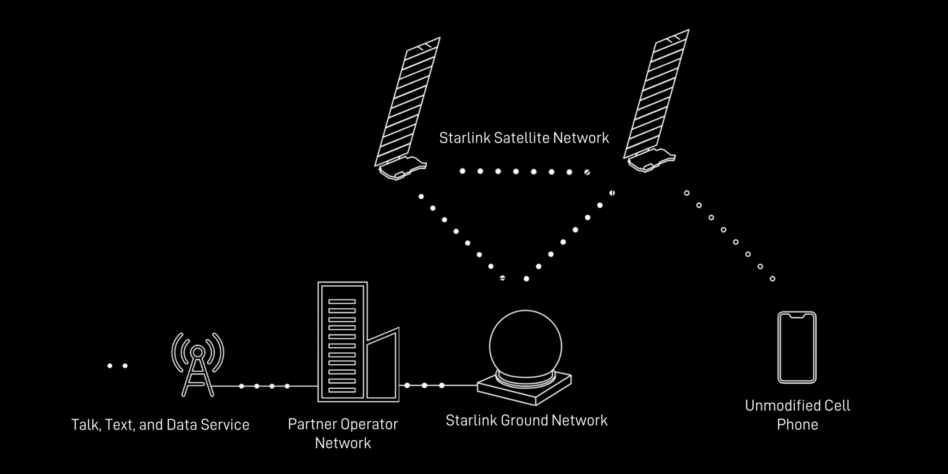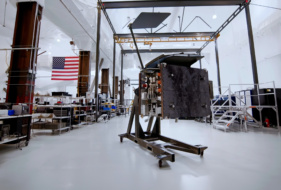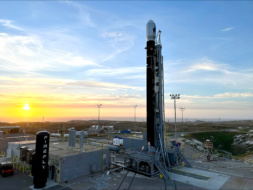There’s officially a new player in the direct-to-cell market.
On Tuesday, SpaceX launched its first batch of Starlink satellites with the embedded capability to connect directly with phones on the ground. T-Mobile, the company’s partner in connectivity, is signed on to enable the service within the US as early as this year.
Get connected: Direct-to-cell technology has gained steam in the past few years as satellite operators have forged partnerships with telecom companies and phone manufacturers to bring the ability to connect directly to satellites in times of need to a broad consumer market.
Satellites equipped with this technology mimic cell towers. This can enable users on the ground to send texts and make calls even when they’re in remote locations not covered by terrestrial towers.
Other players in the game:
- Lynk Global, which demonstrated its capabilities with unmodified smartphones in February 2022, has announced a SPAC merger with Slam Corp. to raise funds for its planned 5,000-bird constellation
- AST SpaceMobile ($ASTS), which notched a 5G demo in September 2023 using its BlueWalker 3 satellite, is seeking additional financing for its constellation
- Iridium ($IRDM) has dipped its toe into the tech as well. The company announced a partnership with Qualcomm earlier this year to explore the service, but prohibitive pricing and quality issues with compatible hardware led the companies to call it off.
The big picture: The market for direct-to-cell services is new, but the companies vying to ramp up their services in the near future say they are confident that customers will get on board quickly.
A Euroconsult report published last month backs up those expectations. The analysts found that the direct-to-cell satellite market could reach $1B as early as 2027 and could connect as many as 130M monthly users by 2032.
What’s next? The new fleet of direct-to-cell-enabled Starlinks is expected to begin offering texting capabilities from dead zones this year, with calling and IoT connectivity to follow in 2025 and beyond.
SpaceX has not yet secured the regulatory approval it needs to offer its direct-to-cell services commercially.




